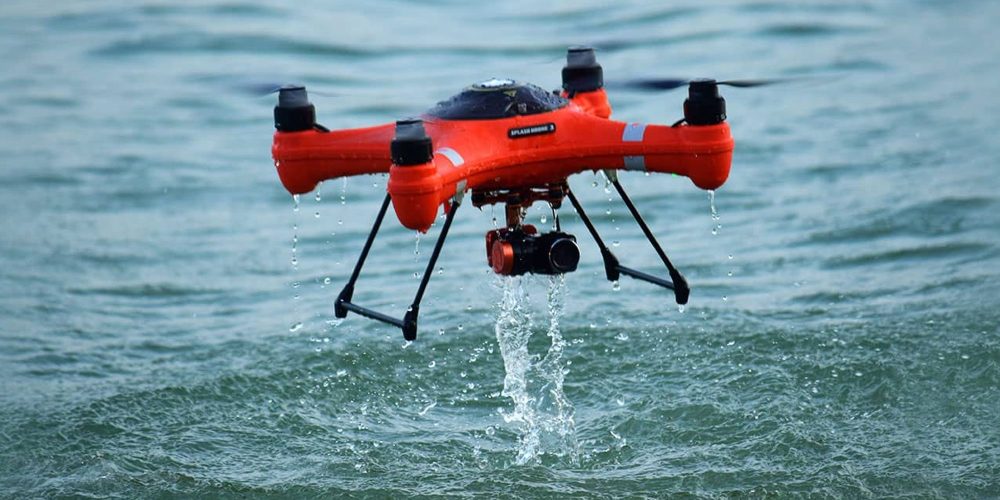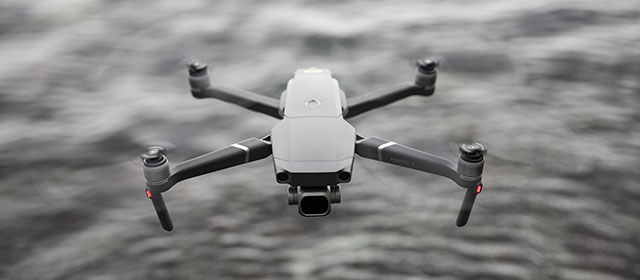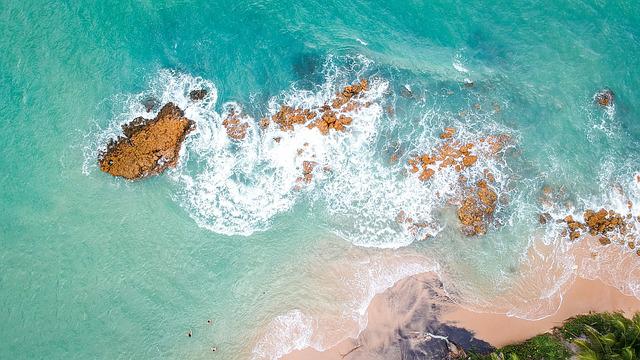
In this article, we'll look at the basics of a drone fishing rig. We will also discuss what to look out for when selecting your drone, battery life and payload. We'll then discuss ways to get the best out of your drone. Read on for some tips and tricks. You will soon be able to fly the drone of your dreams. Let's go !... and maybe catch some fish!
Basic drone fishing rig
When you are ready to start drone fishing, the first thing you need is a good set of hooks. Double the fishing line, and make sure it is mono or braid. A Cat's Paw Loop or Uni knot should be tied to the fishing line. A sinker, weighing between two to eight ounces, and hooks to attach each section to the backbone will be required. You will also need to attach the end loop and snap swivel lead loops to your drone.
There are many ways you can create a fishing drone. The simplest method is to attach a hook to your drone's landing gear, and spin it until the line comes free. A dropper to keep your fishing line under the drone is another option. A dropper allows you to keep the main line below the drone without getting tangled with the propellers. The fishing drones can also be equipped with accessories, such as a battery pack and a dock.
You will need additional equipment once you have bought the basic drone fishing gear. A fishing line that is approximately 700m long, as well as a bait-dropping apparatus are required. These are all optional extras, but will make your drone fishing experience more enjoyable. A drone will give you a clearer look of your surroundings so you can spot fish better.

Payload on drone fishing gear
Safety precautions must be followed if you are going to fly a drone to catch fish. Strong winds and rain are not safe conditions for your drone to fly. Here are some steps to follow:
First, ensure that the drone has enough weight to support its weight. If you load it with heavy lures and braided line, it will not be stable. The wind could also cause the drone to drift off course if it is fishing in a coastal area. It is also important that you check your local laws and regulations, as some may not allow the use of drones for fishing. After you have decided to go fishing with your drone, it is important to make sure that the drone has enough carrying capacity.
Next, decide what accessories you will mount on your drone. A good rule of thumb is to use a rigging system that has a central attachment point to reduce weight distribution problems. The best attachment points for drones are motor struts, landing gear, or legs. Avoid attaching any payloads to the camera or gimbal as these could cause damage. One simple solution is to tie a length fishing line from one end to the other. This can be secured with tape to prevent it from falling out.
Battery life for drone fishing rig
Before you take off fishing with your drone, make sure to check all the gear and batteries. This will ensure that your drone doesn't run out of battery and allow you to concentrate on fishing rather than recharging. You can charge some drones with solar panels or car batteries. Be sure to have fully charged batteries before you begin. This will make sure your drone is ready when you arrive at your fishing spot.

The drone's flight time is another important aspect to consider. Although some drones have longer flight times, others can fly for as little as twenty-two seconds. This is great for those who want to spend hours out on the water with their drone. Be aware, however, that a drone with limited endurance may not be able to fly and make it virtually impossible to catch fish.
After you have setup your fishing rig, attach the fishing line clip to either the legs or the motor struts. Attach the bait to the fishing rod. Before you start to fly the drone, lock the reel and then unlock it when you are ready to drop the bait. The tension will build when you pull the line out and let the drone drop the bait into the water. Remember to charge the battery after every use, or it may not work properly.
FAQ
Where Are Drones Banned?
The FAA bans drones flying in restricted areas such as airports, stadiums or sporting events, nuclear power stations, hospitals, prisons, and other sensitive areas. They allow them to fly at nights using GPS technology.
What type of batteries can a drone use to charge its batteries?
Most drones use lithium-ion batteries. A typical drone consumes between 3 and 6.
Do I require special training to fly a drone
No, you don’t have to learn any special skills in order for your drone to fly. A remote control unit is all you need. You also need to have some basic knowledge of flight mechanics.
Statistics
- With the top 10% making over $100/h and the bottom 10% making as low as $10/h. (dronesgator.com)
- According to ZipRecruiter, the minimum hourly wage of drone pilots is $20. (thedroneu.com)
- Research and Markets predict a growth rate of 51.1% over the next five years. (thedroneu.com)
External Links
How To
How do I clean my drone?
These are some of the things you need to know before cleaning your drone. This guide will help you make sure that you get the most out of your drone.
-
Make sure you have the right tools. Before you begin anything, ensure you have all of the necessary tools. A toothbrush or soft brush is necessary, as well as a cleaning solution (we recommend the use of WD40).
-
Take out the battery pack. First thing first - remove the battery from the bottom of your drone. It is often easy to find the battery beneath the propeller. Ensure that you don't lose any screws when removing the propeller.
-
Remove all components. Next, take out all the parts on the drone's bottom. You should make sure that they are not loose as they could fall off during cleaning.
-
Use a cleaner. Now, clean your drone. We recommend using WD40 for cleaning. Simply spray the entire surface of your drone with the cleaner, making sure to get in between each component. Before you attach everything, let it dry completely.
-
Put on the battery. After cleaning your drone, you should put the battery back into its original place. That way, you'll be able to test how well your drone works after being cleaned.